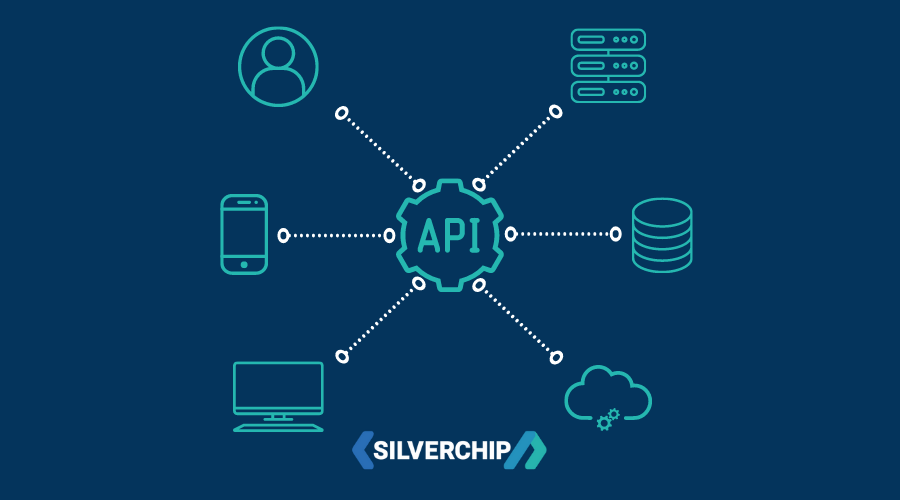CPOpen: Your Gateway to Current Affairs
Stay updated with the latest trends and insights across various topics.
API Integration: When Systems Date and Dance Together
Unlock the power of API integration and watch systems date and dance together for seamless synergy! Discover how inside!
Understanding API Integration: The Key to Synchronized Systems
API integration refers to the process of connecting different systems and applications through Application Programming Interfaces (APIs). This connectivity allows disparate software solutions to communicate seamlessly, facilitating data exchange and functionality enhancements. By employing API integration, businesses can create a unified workflow that enhances productivity and reduces the occurrence of errors associated with manual data entry. In today’s digital landscape, understanding API integration is crucial for organizations looking to gain a competitive edge and streamline their operations.
One of the primary benefits of API integration is the ability to achieve synchronized systems. This synchronization means that changes made in one application automatically reflect in another, maintaining data consistency and accuracy across platforms. For instance, when a customer places an order on an e-commerce site, API integration can ensure that inventory levels, customer databases, and shipping logistics are updated in real-time. This interconnectivity not only saves time but also enhances the overall customer experience by providing timely and relevant information at every touchpoint.

Common Challenges in API Integration and How to Overcome Them
API integration can present a variety of challenges that can slow down the development process and lead to suboptimal performance. One common challenge is data format discrepancies, which occur when different systems use varying formats for data representation. This can lead to errors during data transfer and complicate the integration process. To overcome this, it is crucial to establish a standard data format, such as JSON or XML, which both systems can accommodate. Another issue is the lack of proper documentation, which can make it difficult for developers to understand how to properly utilize the API. Therefore, thorough documentation and clear guidelines should be a priority during development.
Furthermore, authentication and authorization issues can pose significant hurdles in API integration. Without robust mechanisms in place, applications may expose sensitive data to unauthorized users. Implementing OAuth or API keys can help secure the data exchange between systems. Additionally, performance bottlenecks often arise due to network latency or inefficient code. To enhance efficiency, developers should consider optimizing their API calls by reducing the number of requests and caching responses where feasible. Addressing these challenges proactively can lead to smoother API integration and an overall more reliable system.
How API Integration Enhances Business Efficiency: Real-World Examples
API integration plays a pivotal role in enhancing business efficiency by streamlining processes and promoting seamless data flow between applications. Companies that adopt API solutions can automate routine tasks, reduce manual errors, and improve operational speed. For example, a retail business that utilizes an API to connect its e-commerce platform with inventory management software can instantly update stock levels in real-time, ensuring that customers have accurate information when making purchases. This not only enhances the customer experience but also minimizes the risk of overselling or stock discrepancies.
Another compelling real-world example is seen in the travel industry, where API integration allows for efficient booking and itinerary management. Travel agencies leverage APIs to connect multiple services—like flight schedules, hotel availability, and car rentals—into a single, user-friendly interface. This consolidation makes the booking process significantly faster and reduces the workload on staff. As a result, businesses can respond to customer inquiries in a timely manner, leading to increased satisfaction and loyalty. In summary, the implementation of APIs is transforming how companies operate, driving efficiency and providing a competitive edge in the market.